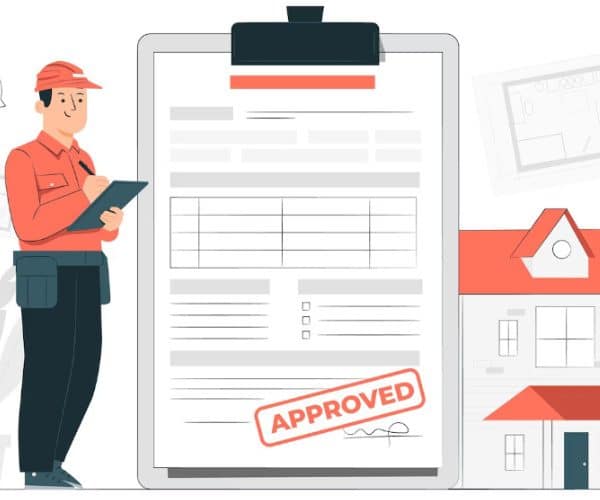The recommended retail price is the retail price the manufacturer suggests for a product.
This price is also known as manufacturer-suggested retail price (MSRP), list price, sticker price, and suggested retail price (SRP). This is the price the consumer pays for the final product.
However, RRP is a suggested price that a retailer can alter according to their business needs.
The ultimate goal of setting a retail price is to maintain a balance between your profit margin and the customer’s willingness to pay for their product.
Recommended retail price for any product takes in manufacturing cost as well as markup or profit at each level of the supply chain.
Example
A manufacturer sells a jewelry item for $15, keeping the manufacturing cost and profit margin. The manufacturer suggested a $30 retail price for the item. The distributor then resells it to the wholesaler and then to the retailer.
However, retailers can now adjust the recommended retail price and can sell products at a rate below or above the recommended retail price.
How to Calculate the Recommended Retail Price
To calculate the recommended retail price, we have the following formula:
RRP = C + P
Where,
C = Cost of the Item
P = Desired profit
Example
The manufacturing cost of an item is $70. The profit margins for manufacturers, distributors, wholesalers, and retailers can be as follows:
- Manufacturer (5%)
- Distributor (10%)
- Wholesaler (15%)
- Retailer (20%)
| Stakeholder | Amount |
| Manufacturer | 3.5 |
| Distributor | 7 |
| Wholesaler | 10.5 |
| Retailer | 14 |
Total profit margin = 3.5 + 7 + 10.5 + 14 = 35
Using the formula mentioned above,
RRP = Cost (70) + Profit Margin (35) = $105
So, a product that costs $70 will be available at retail stores for $105.
Factors Affecting Retail Price
External Factors
Competition in the Market
If the competition is high in the market, then retail prices are low. However, in the case of low competition, customers usually come across high product prices.
Customer Buying Power
This is another important external factor that may affect product prices because retail prices are always influenced by the customer’s purchasing capacity.
Existing Market Conditions and Country’s Economy
Ongoing market conditions are one of the important factors that can affect a manufacturer’s decision to set product prices. This is because the market condition has a direct influence on customers’ buying decisions and their purchasing ability.
Government Policies
Government policies have a significant impact on product pricing as they directly affect the manufacturing cost of a product.
Levels in Supply Chain
The number of individuals involved in the supply chain also affects product prices directly. An extensive supply chain usually results in high product price recommendations by the manufacturer’s end.
Internal Factors
Cost of Manufacturing
The cost of manufacturing is one of the significant factors that can affect the retail price of a product. The cost of manufacturing takes in both fixed and variable costs. Fixed manufacturing costs usually include rent payments, insurance, etc. However, variable cost includes the cost of raw materials, labor, etc., which varies according to the output.
Objectives
A company’s objective toward manufacturing a certain product is one of the factors that influence its recommended retail pricing. For instance, a company aiming to capture market share is going to offer a product at a lower price.
Product Life Cycle Stage
This is one of the factors that may affect the recommended retail pricing. A product in the initial phase of its life cycle might be available at a cheaper price. In the growth phase, one may experience high product prices.
Promotion Activity
If a company is promoting a product through a campaign, then product prices will be higher to compensate for the amount spent on promotional activities.
Benefits and Limitations of Recommended Retail Price
Benefits
- It ensures fair product pricing across the stores
- Manufacturers can have better control over product prices
- It also helps customers to stay informed
Limitations
- Recommended retail price is a suggested price that can be altered by retailers to match their business requirements. So, the chances of manipulation are higher
- Manufacturers can sometimes intentionally set a high price to let retailers make more profit
- There is no defined method to calculate RRP, so it can be biased
FAQs
Q1: What are the other words for recommended retail price (RRP)?
Ans: Recommended retail price is also known as the manufacturer’s suggested retail price, suggested retail price, sticker price, and list price.
Q2: What is the difference between the recommended retail price (RRP) and retail sale price (RSP)?
Ans: The recommended retail price is the retail price suggested by the manufacturer. While retail sale price is the actual price a customer pays at a retail store.
Q3: Is RRP adjustable?
Ans: Yes, recommended retail prices can be adjusted by the retailer. They may set a price higher or lower than the recommended retail price to fulfill their business needs.



